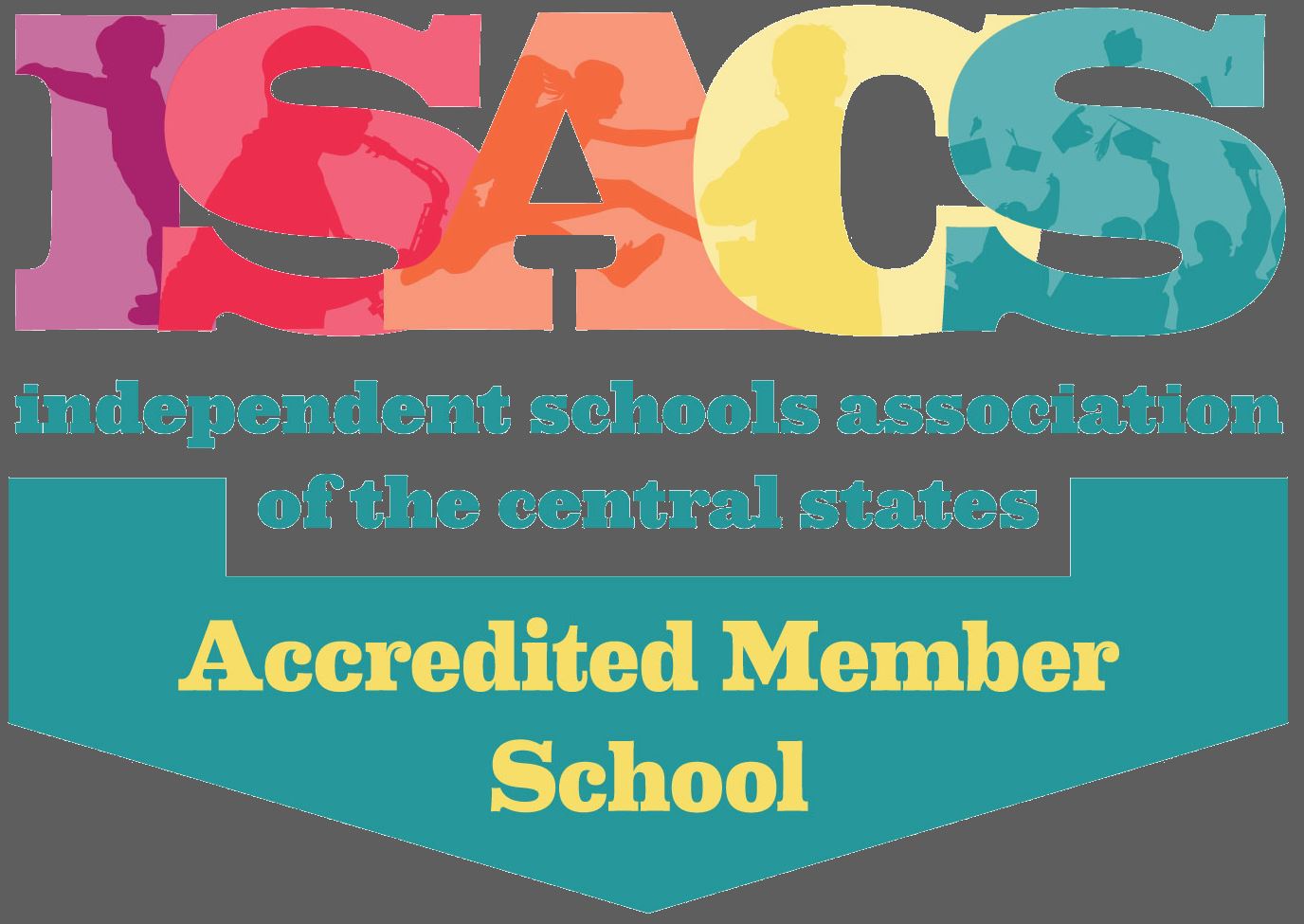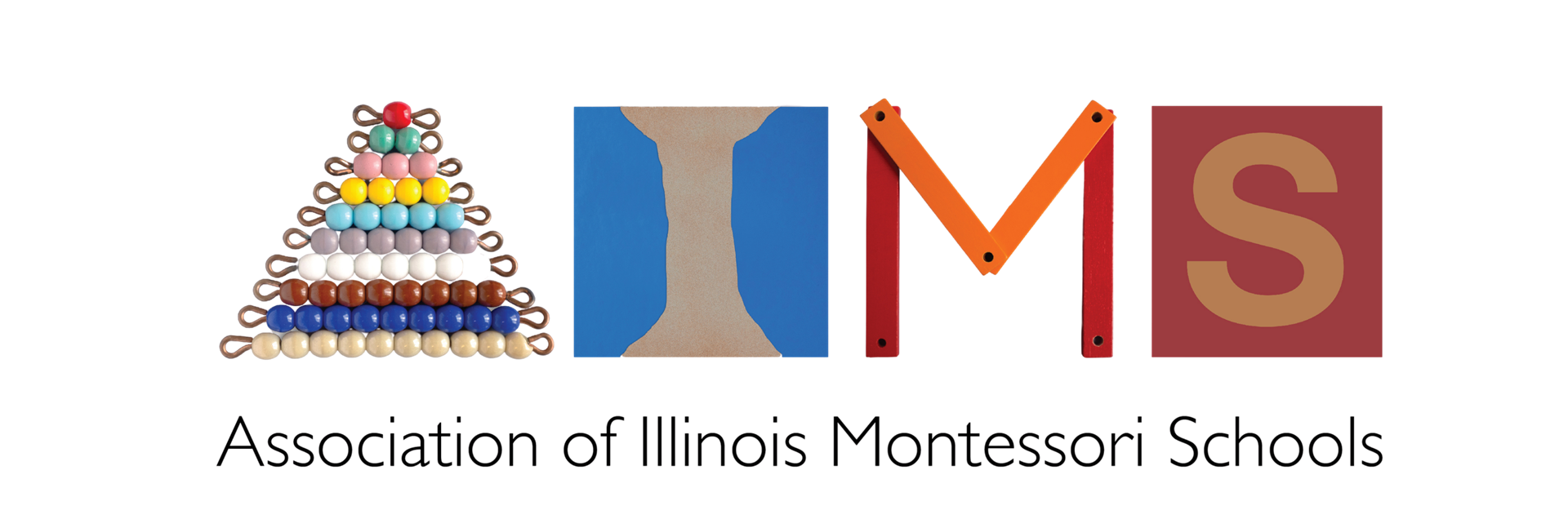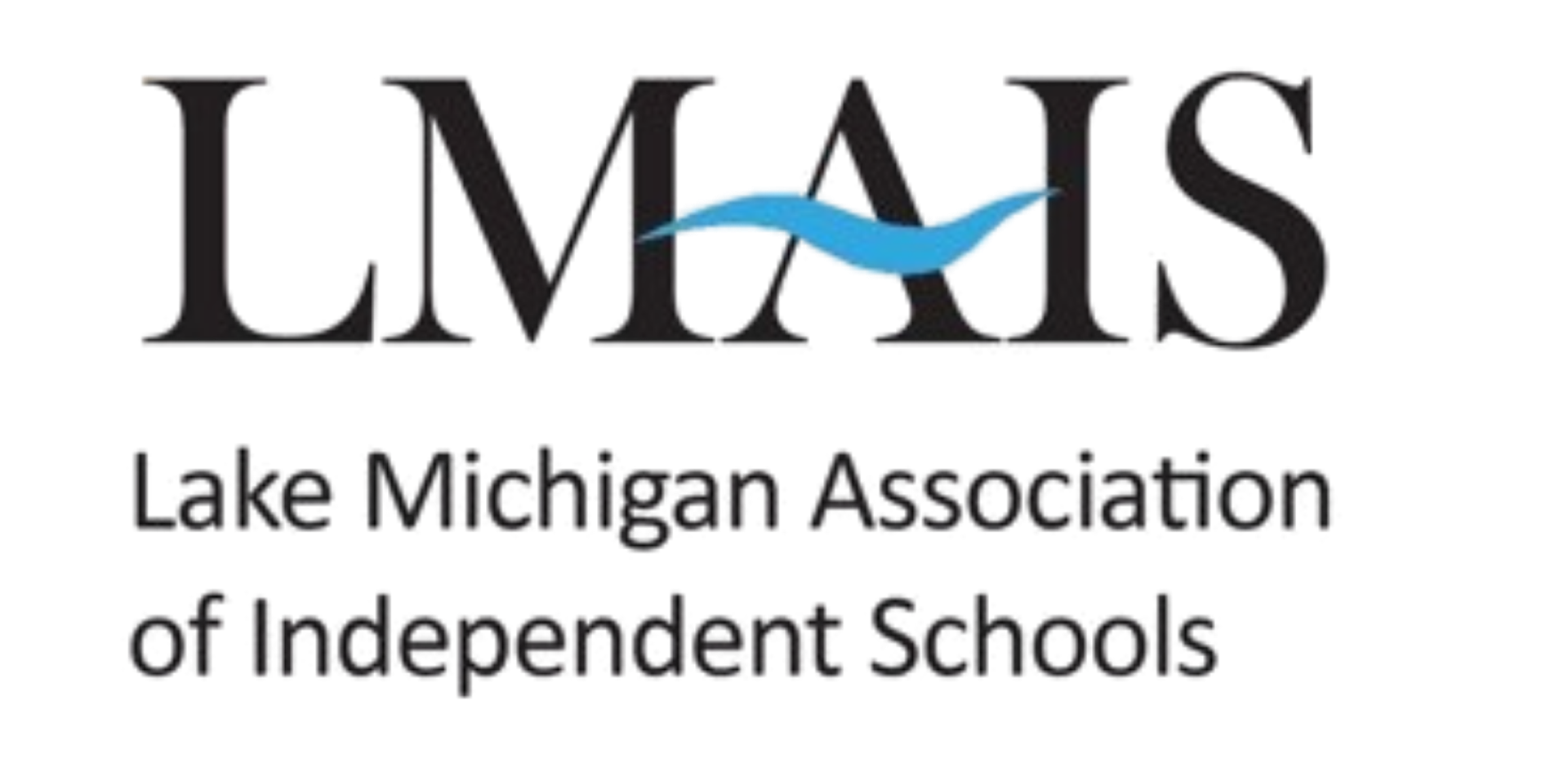Principal's POV: Hands-On
“The hands are the instruments of [hu]man’s intelligence.”
-Maria Montessori
Sensorial materials in the Montessori classroom enable young children to identify and refine information obtained through their senses, and to order and classify sensorial impressions. Montessori materials provide a bridge from the known to the unknown, and children evolve gradually from concrete, experience-based learning toward increasingly abstract thought.
“The need for hands on materials doesn’t end with the younger students at Rogers Park Montessori School,” says Dan Jakubczak, Middle School Head Teacher. “For the 12-14 age group, Maria Montessori wrote about how for the children are transitioning from the tangible to the abstract, materials are incredibly important. There are many math materials that we utilize from the 9-12 program that continue to build mathematical understanding and fluency.”
Maria Montessori observed that when students use their hands, perform actions, see the results, they understand that “when I put these two things together, I get this outcome.” Having exposure to a wide variety of different ideas, concepts, tools and outlets is the baseline of the curriculum at Rogers Park Montessori School. Crafting a wide range of experiences in classroom activities continues to support the Montessori concept of freedom that we see in a fundamental way across all levels of study.
As our students move through the upper elementary and middle school years, the integration of materials in our co-curriculars and elective programs continues. One such elective in 12 - 14 is the Woodshop Class taught by Dan Jakubczak and Kyle McCoskey. Kyle is the steward and caretaker of our facility and grounds at RPMS. It’s under his watch that our students have a safe, comfortable, and enjoyable experience in the building and on the playground, important facets of the prepared Montessori environment.
“Although the younger students have hands on experiences in Montessori throughout the curriculum, in the lower age classrooms, it’s not the end product that is created which is important, it’s the process,” explains Kyle. “In the younger classrooms they are developing their fine motor skills, that we build upon in woodshop to make items such as clocks and benches that will benefit the community. They know their work is going to be on display, and they put a great amount of effort and focus into their project. It's interesting to see the students’ excitement about their work as they step out of the classroom and engage with power tools.”
Kyle has worked with Upper Elementary students (9-12) on projects over the last four years, and has observed that as the students continue practicing with the materials, their concentration is similar to a 3-year-old “washing the baby” in a preschool classroom.
“Woodworking is an art form,” says Kyle.“Students have freedom to create beautiful works of art. These are also practical life projects. Students can easily identify when a measurement is wrong, and they problem-solve to make adjustments.”
“Woodshop is an experience,” explains Dan, “and should they encounter a problem in the future that requires use of the tools from woodworking, or the need to build, they'll be able to say ‘I've used this tool before, I am comfortable operating it, and I'm not afraid to interact with any problem that involves this tool.’ This process of problem solving, freedom, and the nature of working with their hands nurtures confidence and self-esteem.“





